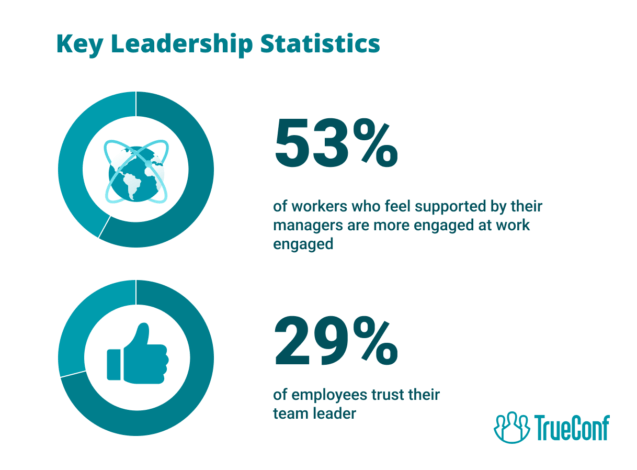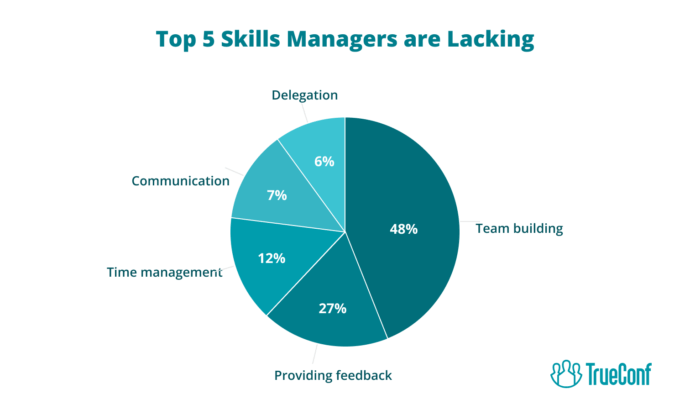What is a Team Leader?
A team leader is a specialist tasked with directing, assisting, and supervising a team of contributors striving toward a unified objective. Unlike conventional supervisors who prioritize organizational strategies or asset distribution, team coordinators remain actively engaged in everyday operations, delivering practical assistance, encouragement, and synchronization.
Team leaders serve as the link connecting leadership and employees. They confirm that responsibilities are handled effectively, milestones are reached as scheduled, and collaboration moves seamlessly throughout different tiers of the business.
Why Are Team Leaders Important for a Company?
Team leaders play a pivotal role in the success of any organization. Here’s why:
- Enhanced Productivity: A strong team leader sets clear expectations, aligns team efforts with organizational goals, and keeps everyone focused on priorities.
- Improved Communication: They serve as liaisons, ensuring transparent communication between team members and upper management.
- Employee Engagement: A supportive team leader motivates team members, helps resolve conflicts, and creates a positive work environment that boosts morale.
- Adaptability and Agility: In dynamic work environments, team leaders help their teams quickly adapt to changes and overcome challenges.
- Talent Development: Through coaching and mentoring, team leaders contribute to the personal and professional growth of their team members.
Roles and Responsibilities of a Team Leader
A great team leader is like the captain of a ship—steering the crew through calm waters and rough storms alike. Here’s a deeper look at what that means in practice:
 Setting Goals
Setting Goals
Imagine a sales team preparing for Q4. A team leader doesn’t just say “sell more.” Instead, they define specific targets—e.g., “increase new customer acquisition by 15% by December”—and align those goals with the company’s strategy.
Delegating Tasks
Great leaders know their team’s strengths. For instance, assigning a technically savvy marketer to manage analytics while a creative teammate designs the campaign ensures everyone works to their strengths.
Monitoring Progress
Tools like Asana or Trello aren’t just for decoration. A team leader actively tracks who’s doing what, identifies bottlenecks early, and ensures that progress aligns with deadlines.
Providing Feedback
Think of it as coaching, not criticism. For example, after a product demo, the leader might say: “Your delivery was clear—next time, try opening with a customer pain point to create more urgency.”
Facilitating Communication
Whether it’s running effective standups or resolving a misunderstanding between departments, leaders make sure information flows without friction.
Take your team communication to the next level with TrueConf!
A powerful self-hosted video conferencing solution for up to 1,000 users, available on desktop, mobile, and room systems.
Problem-Solving
When two team members clash over task ownership, the leader steps in—not to take sides, but to clarify roles, mediate fairly, and find a path forward.
Motivating the Team
Motivation isn’t just about pep talks. Recognizing someone’s extra effort with a shoutout in a meeting or a simple thank-you email, or even a custom note using a letterhead generator can do wonders for morale. Consistently monitoring the workplace pulse helps leaders understand what truly motivates their team, allowing them to tailor recognition and keep energy levels high.
Reporting to Management
Leaders translate team progress into clear insights. Rather than saying “we’re behind,” they might report: “Due to unexpected supplier delays, we’re 10% behind schedule. We’ve adjusted by reassigning tasks to reduce impact.”
Characteristics and Skills Required for a Successful Team Leader
A study by Harvard Business Review found that the most admired leaders shared seven core traits. Here’s what those look like in action—and why they matter:
1. Strong Communication
Leaders who communicate effectively are 50% more likely to have high-performing teams. That means clearly stating goals, asking the right questions, and listening without interrupting.
2. Empathy
According to Gallup, employees who feel their leader genuinely cares are 41% less likely to be absent and 17% more productive. Empathy isn’t “soft”—it’s strategic.
3. Decision-Making
A McKinsey report shows that companies with fast, effective decision-makers have 20% higher overall financial performance. Leaders who avoid “analysis paralysis” give their teams a competitive edge.
4. Accountability
Google’s Project Oxygen found that high-performing teams thrive under managers who own results. Leaders who admit mistakes encourage a culture where learning is more important.
5. Conflict Resolution
Poor conflict management can reduce team performance by up to 25%. Great leaders proactively mediate disputes, creating an environment where collaboration trumps ego.
6. Time Management
Leaders who model effective time management reduce team burnout and improve efficiency. Techniques like the Eisenhower Matrix or time blocking can make a measurable difference.
Team Leader vs. Project Manager: Key Differences
While team leaders and project managers often collaborate closely, their roles are distinct:
|
Aspect |
Team Leader |
Project Manager |
|---|---|---|
|
Focus |
People and team dynamics |
Project scope, budget, timeline |
|
Responsibilities |
Daily support, guidance, and performance monitoring |
Planning, execution, risk management, stakeholder comm. |
|
Authority |
Typically over a specific team or department |
Cross-functional authority over project participants |
|
Primary Goal |
Maximize team effectiveness |
Deliver project objectives on time and within budget |
|
Reporting To |
Often middle or senior management |
Project sponsors or executive leadership |
Tips for Being a Successful Team Leader
Being an effective team leader isn’t just about following a checklist—it’s about how you show up in real situations. The most successful leaders consistently demonstrate their values through everyday actions. Here are practical tips, each grounded in real-life team dynamics, to help you lead with clarity, empathy, and impact.
Communicate Clearly and Often
When Olivia took over a cross-functional team, confusion about project priorities led to repeated delays. She started holding 15-minute weekly check-ins and created a shared dashboard where everyone could see updates in real time. Suddenly, people knew exactly what was expected and by when. Clear, consistent communication eliminated guesswork and built team momentum.
Lead by Example
During a stressful product launch, Marcus didn’t just assign overtime—he stayed late alongside his team, helping test features and prep client materials. His calm under pressure and willingness to get his hands dirty inspired everyone to do their best. Team members began mirroring his commitment and accountability. A leader’s actions truly set the tone for the entire group.
Understand Individual Strengths
Julia noticed that Sam, a junior marketer, struggled with presentations but thrived in data analysis. Instead of forcing him into uncomfortable roles, she paired him with a more confident speaker and gave him ownership of analytics. Not only did the duo deliver stellar results, but Sam’s confidence also soared. Great leaders don’t just assign tasks—they cultivate talent.

Be Approachable and Supportive
After a team member missed a deadline, Ravi invited them for a casual chat instead of issuing a warning. He learned the employee was overwhelmed juggling childcare and work. By adjusting their schedule and offering extra support, Ravi helped them bounce back stronger. His empathy fostered loyalty and showed that support fuels performance.
Promote Collaboration
In a distributed team, Natalie saw silos forming between designers and developers. She launched collaborative sprints, where both sides co-created wireframes and reviewed code together. This not only improved product quality but also built a deeper sense of team ownership. Collaboration isn’t automatic—it’s something leaders have to cultivate intentionally.
Stay Organized and Goal-Oriented
With multiple deadlines looming, Ben broke the project into phases, assigned clear owners, and used a Kanban board to track it all. He also leveraged tools like an uptime calculator to anticipate and minimize disruptions. The team had full visibility and could adjust quickly when priorities shifted. Instead of stress and last-minute scrambles, there was steady progress. Strong organization turns chaos into clarity.
Celebrate Successes
When the team completed a challenging migration ahead of schedule, Ana didn’t let it go unnoticed. She wrote personal thank-you notes, made personalized cards with motivational messages, organized a surprise lunch, and highlighted team contributions in the company newsletter. That simple recognition boosted morale and made people excited for the next challenge. Celebrating wins reminds the team that their hard work matters.
Conclusion
A team leader represents more than simply a project coordinator—they become the central energy within a focused, high-performing, and unified group. Through developing messaging, understanding, and purposeful planning, team supervisors enable their members to reach shared outcomes while adding meaningful value to the overarching mission of the company.
About the Author
Olga Afonina is a technology writer and industry expert specializing in video conferencing solutions and collaboration software. At TrueConf, she focuses on exploring the latest trends in collaboration technologies and providing businesses with practical insights into effective workplace communication. Drawing on her background in content development and industry research, Olga writes articles and reviews that help readers better understand the benefits of enterprise-grade communication.




Follow us on social networks